Paul Rogovich: Furs have always been a fashion item. They’ve always been used for trim and coats, but especially these days for hats.
[upbeat music]
Taylor Bailey: I’m so bored by my fashion choices lately.
Kacie Lucchini Butcher: Well, why don’t you take a look at some of the stuff in my closet? I have been eyeing up that new handbag you got. Maybe we could do a trade.
Taylor: Hmm, that’s a good idea.
Kacie: It goes pretty deep. You’re gonna have to probably dig.
Taylor: You’re not kidding. When was the last time you cleaned this thing?
Kacie: Okay, all right, it’s been a while, don’t judge me.
Taylor: Wait, I think I found something. How do I get out of this thing?
Kacie: Ugh, hold on, I’ll come get you. Well, all right. Taylor?
Taylor: Back here! Girl, you really gotta do something about that closet.
Kacie: Maybe it needs, like, a shoe rack or something.
Taylor: Hey, what’s that?
Kacie: Wait, is that a fur trader and his wife? Wait, did we travel back in time? Is this the wardrobe from Narnia?
Taylor: I don’t know about all that.
Kacie: Well, I mean, it does look like they have clothes and maybe they’ll barter. You were looking for new stuff.
Taylor: Yeah, I was. I don’t know. Let’s check it out.
Kacie: All right.
Taylor: Hi.
Kacie: Hi.
Paul: Ah, bonjour, madames. Je suis Paul l’Avanture, voyageur extraordinaire, and I speak English.
Taylor: Great, could you repeat that in English?
Paul: Yes, my name is Paul l’Avanture. I’m a voyageur. That’s my profession, and I speak English, but you got that part.
Kacie: Great.
Paul: And this is my wife, who is Mukwawagikwe.
Dale Rogovich: Boozhoo.
Kacie: Bonjour.
Taylor: What do we have here? You guys have a lot of things. Are you selling things?
Paul: We have a trade blanket, we are trading. The Native people had a forest full of fur-bearing animals. And we, the Europeans wanted those furs, bring ’em back to Europe and convert them to money.
Kacie: The North American fur trade refers to the exchange of goods, including animal furs, between Europeans and Indigenous peoples. Native peoples had been using and trading furs amongst themselves for thousands of years in North America. In the area that became Wisconsin, this included the Menominee, the Ho-Chunk, Ojibwe, Potawatomi, and Dakota, among others. With the arrival of Europeans, the trade became a global exchange. The French, Dutch, British, and others were keen to trade with Native partners across the Atlantic. Exchanging goods for furs and animal skins may seem like a simple transaction, but this was a big deal for the development of how Native peoples in the Americas interacted with Europeans. Eventually, the trading of furs would be connected not just to clothing and fashion, but to global and local politics, cultural and social interactions, labor, religion, and, unfortunately, colonialism. Why did the Europeans want furs?
Paul: Well, for a couple of reasons. Number one, furs have always been a fashion item. They’ve always been used for trim and coats, but especially these days for hats.
Kacie: Oh, very fashionable.
Paul: Beaver fur, just the fur, was made into the hats, which were so fashionable, in London and Paris. And these furs, these skins would be stripped from the animal by the Native women. They’d be dried and scraped, so they wouldn’t rot during the journey that might take two years to get back to Europe. And the inner fur, the beaver wool underneath these guard hairs, would be pressed into a felt that was made into these wonderful hats. And in return, the Native people wanted these things that they couldn’t find in their own environment or make with their own technology. Steel knives, steel axes, brass kettles, and cloth, especially. Blankets and cloth to make clothes.
Kacie: There is a long history of humans using fur for clothing. Animal skins were probably some of the earliest garments worn by humans tens of thousands of years ago. But by the 1600s and 1700s, as the North American fur trade was really getting started, furs in Europe were more of a luxury item. This was in part because people had hunted many small, fur-bearing animals almost to extinction
in parts of Europe. The result was that furs had become very expensive. The high cost of furs made them a status symbol in European fashion. They were something that showed off a person’s wealth or their high social standing. Fur could be used to trim a garment or processed into something like a hat.
Taylor: But animal furs and skins could be about more than just fashion. The thick hides of animals like deer and bison could be made into tough leather belts that were used in the machines of the early industrial period. All this meant that animal skins and furs were a highly sought commodity by European traders in North America.
Paul: Most of the fur trade in terms of European money was in textiles.
Kacie: Wow.
Paul: You look a little cold.
Taylor: Yeah, you know what?
Paul: I could tell.
Taylor: We were just talking about how I needed new clothes.
Paul: Well, we have something for you.
Taylor: Great. Ooh.
Paul: A blanket coat called a capote. Would you like to try it?
Taylor: Yes. Oh, this is very heavy material.
Paul: It’s a blanket.
Taylor: Ooh.
Kacie: I kind of like that blanket that doubles as a coat.
Taylor: Oh, and it has a hood.
Paul: You’ve seen these kind of coats occasionally. You just cut up a blanket. You line up the stripes the right way, and make a coat out of it.
Taylor: How do I look?
Kacie: Girl, I love it!
Taylor: It looks much better than what I had, right?
Paul: Yeah, and now we’ll give you a good price. Let’s say five beaver, you can have the whole coat.
Kacie: And where did the glass beads come from?
Paul: Well, they come from Europe. Now, the Native people were used to making beads of bone, stone, teeth, and shell, but these are glass beads, and they shimmer in the sunlight.
Kacie: I like that.
Paul: And they’re new and they’re different, and therefore they are fashionable.
Dale: All human beings everywhere in the world like to look fancy.
Kacie: I can agree with that.
Taylor: Yeah. [both laugh]
Dale: Did the women need the beads? Not any more or less than the men, but that’s fancy.
Kacie: Yeah.
Dale: It became an exchange also of the culture. Occasionally, they would stay in the village. Among the French fur traders, there were many families where a ceremony was performed, which resulted in the couple being married. Many of the voyageurs, rather than going back to Montreal, would stay in the villages. And their children were called Mtis, which is the French word for half.
Taylor: The term “Mtis refers to the ethnicity and culture that developed around the children of European traders and Indigenous women. Mtis people used elements from both their parents’ cultures, like parts of their different languages. They also adopted new cultural elements for themselves, like a type of woven belt called a ceinture flche that reflected their fur-trading roots. Mtis people became a key part of the North American fur trade. They supplied trading posts
with goods, provided food like pemmican, a type of dried beef to travelers, and worked as clerks for trading companies, among other types of labor. Despite their rich history and traditions, Mtis people have struggled for official recognition. The Canadian government didn’t recognize them as an Aboriginal group until 1982, and the U.S. still doesn’t recognize them. Well, I don’t have anything to trade you for, so I think I’m gonna have to give the coat back.
Paul: Well, but do come back sometime with some beaver, or marten, or otter.
Kacie: This has been really cool, but we need to get back to the 21st century.
Taylor: Yeah.
Dale: Back? It is the 21st century.
Kacie: What? I thought this was the 1790s.
Paul: No, no, we’re in a park in Madison, Wisconsin. And we two are historians who, our hobby is reenacting the history.
Taylor: Oh!
Kacie: Oh! That makes a lot more sense.
Taylor: Wow, I guess your closet wasn’t a time-traveling closet.
Kacie: Well, I’m kind of bummed about that.
Taylor: Wait, why do you reenact the history?
Paul: Well, for a few reasons. Number one, we’re passionately interested in this time and place in the fur trade. And you learn by doing. We learn the crafts, we learn how to make the right clothes, and we just have a very good time with it.
Dale: The right food.
Paul: The best part is that we meet the most wonderful people, the people who come visit us, and also the people who participate in these things. As you know, curious people are the most interesting people.
Taylor: Oh, I don’t know, Kacie. I think I do like my clothes just fine.
Kacie: Yeah, but how many closets can take you to the fur trade era? The North
American fur trade played a major role in the history of European and Native interactions. This trade of goods led to exploration, political alliances, new
cultures, and more. Unfortunately, what started out as a more even exchange between Europeans and Indigenous people would eventually devastate Native populations, as more and more settlers took their lands and erased their presence. As important as furs were, other goods and materials have also been crucial for shaping the history of the Great Lakes area and Wisconsin. See if you can find out what else was traded and exchanged in the region, both by Native peoples before Europeans arrived and in the centuries since then. Doing so is a reminder that the movement of goods and peoples is as old as humanity itself.
Dale: Each of the partners of the trade thought that they were getting the better deal. These people, who wanted nothing but the animals running around in the forest, brought colored beads, images of the flowers that we live with, and the plants and the trees.
Search Episodes
Related Stories from PBS Wisconsin's Blog

Donate to sign up. Activate and sign in to Passport. It's that easy to help PBS Wisconsin serve your community through media that educates, inspires, and entertains.
Make your membership gift today
Only for new users: Activate Passport using your code or email address
Already a member?
Look up my account
Need some help? Go to FAQ or visit PBS Passport Help
Need help accessing PBS Wisconsin anywhere?

Online Access | Platform & Device Access | Cable or Satellite Access | Over-The-Air Access
Visit Access Guide
Need help accessing PBS Wisconsin anywhere?

Visit Our
Live TV Access Guide
Online AccessPlatform & Device Access
Cable or Satellite Access
Over-The-Air Access
Visit Access Guide
 Passport
Passport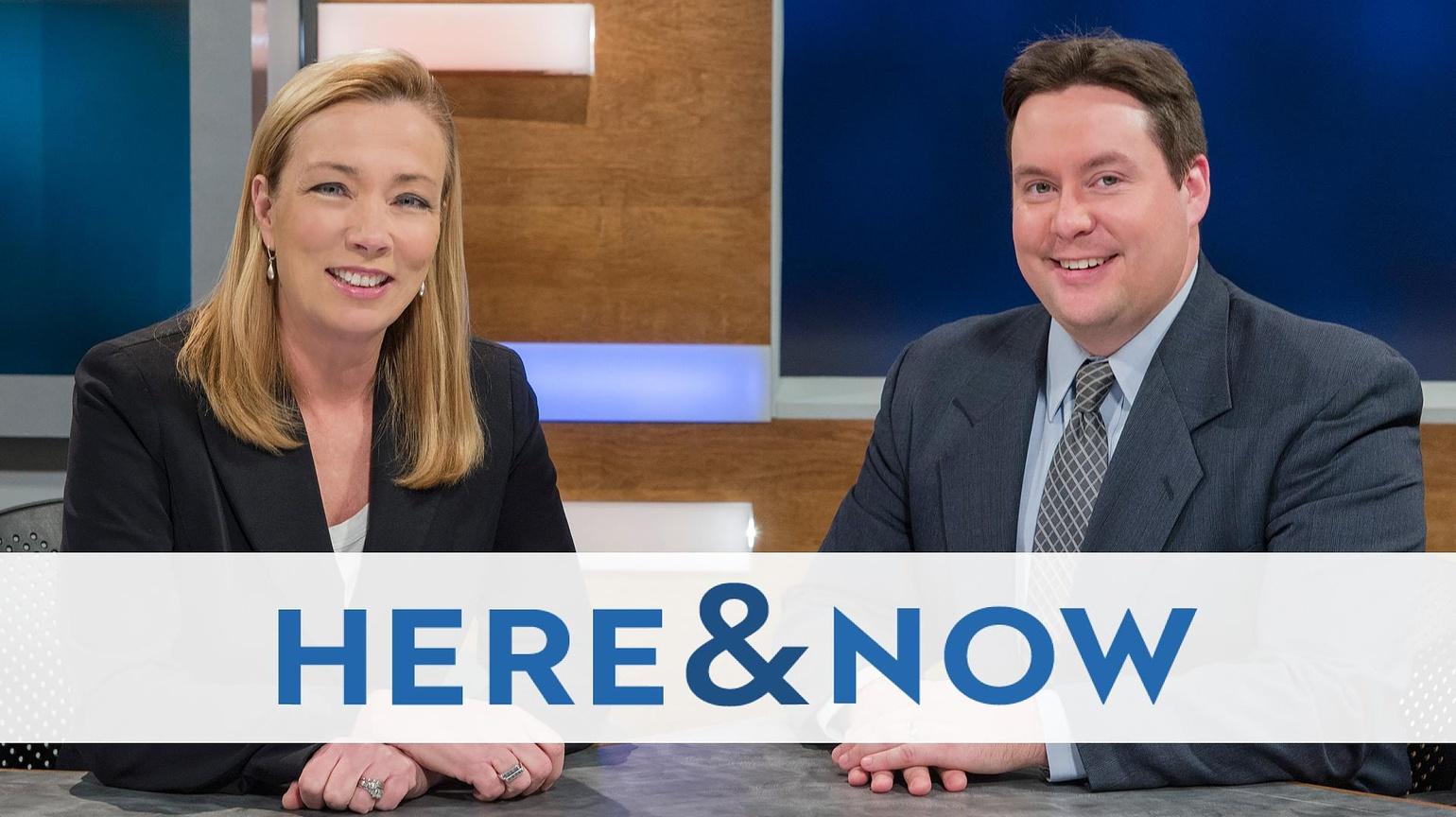
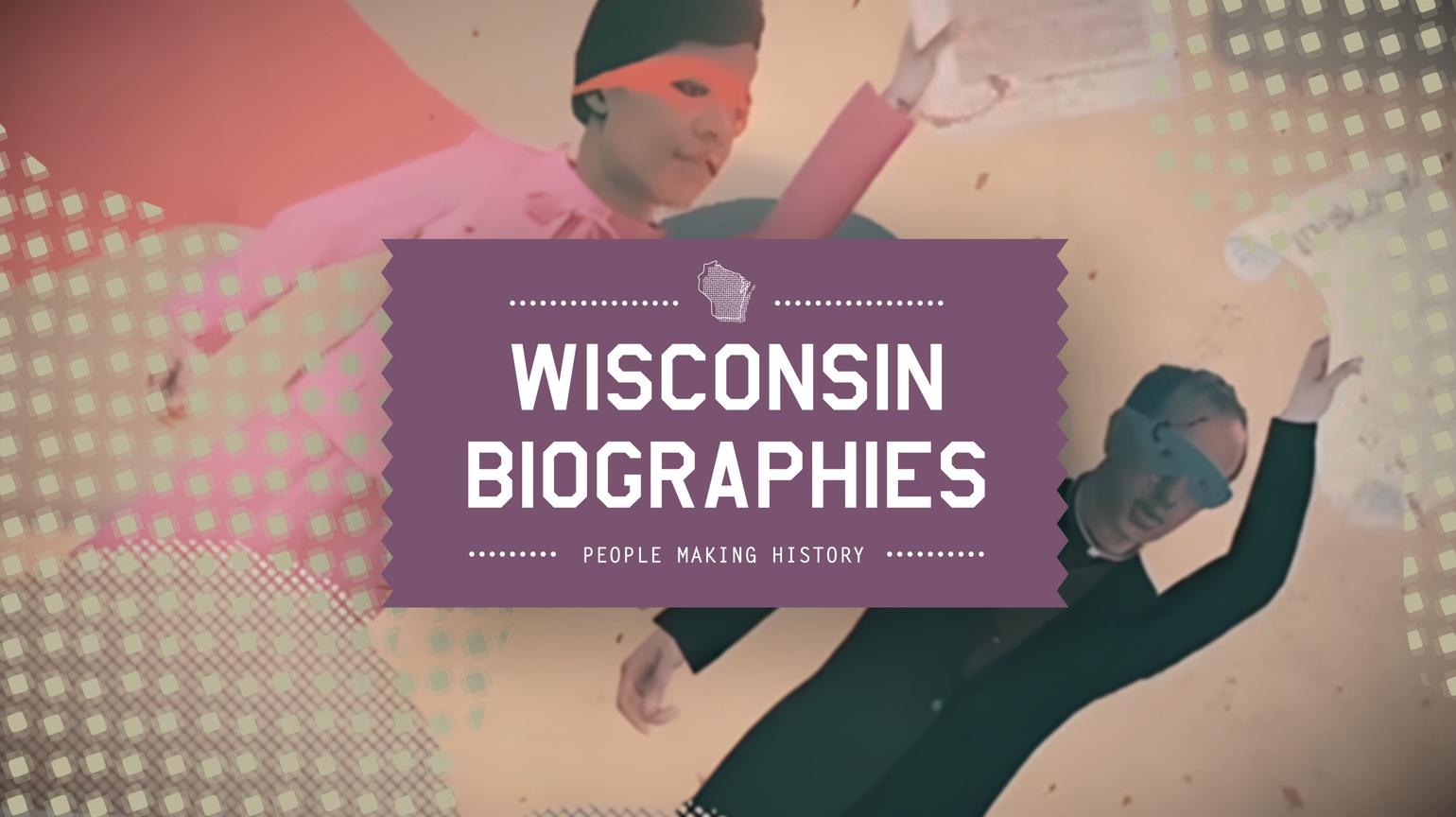
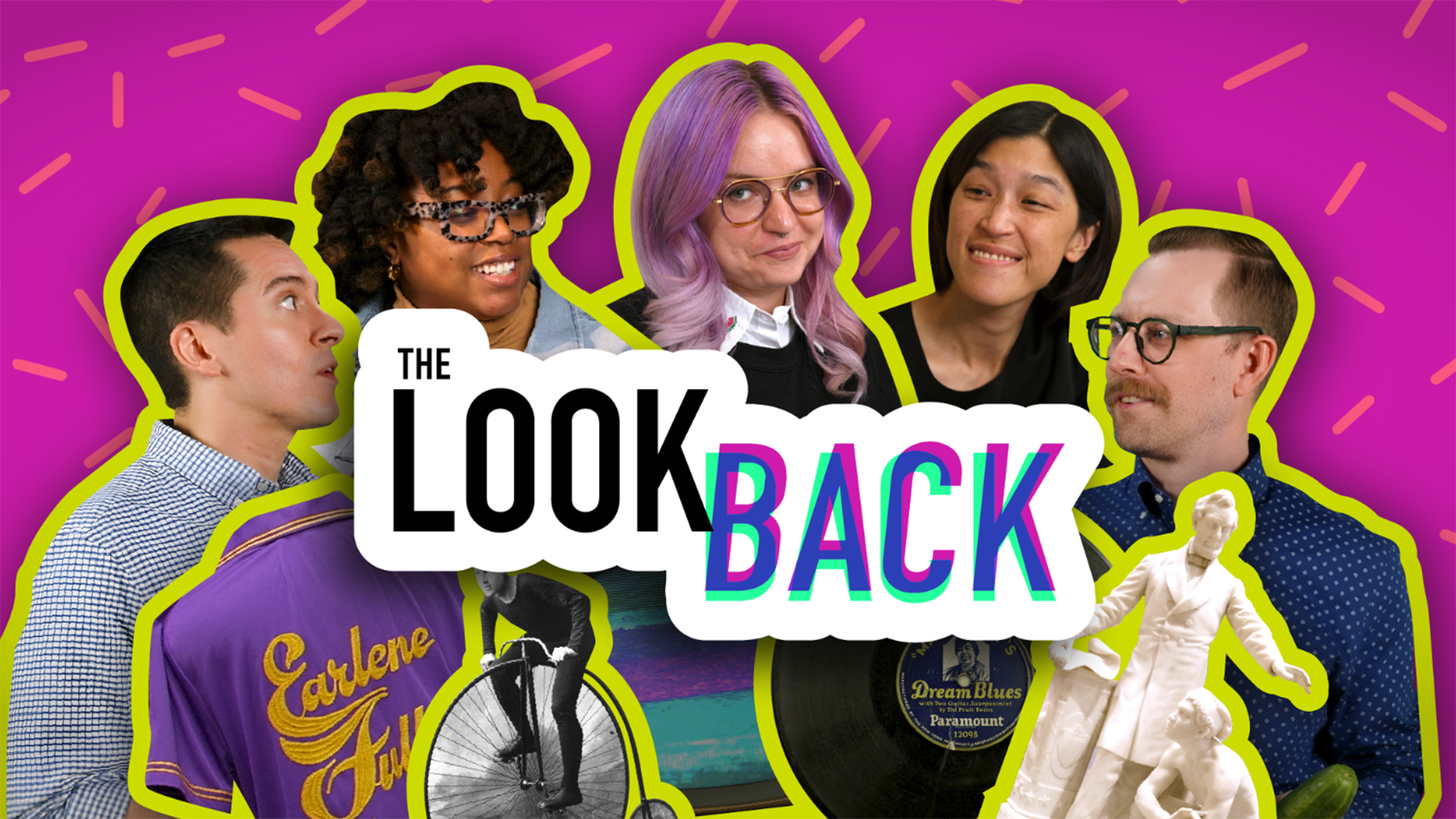

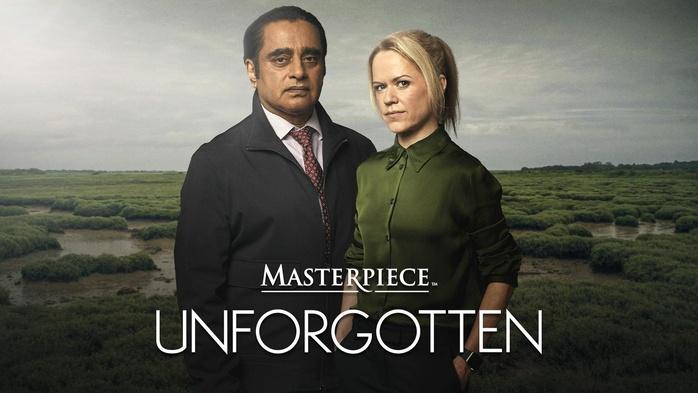

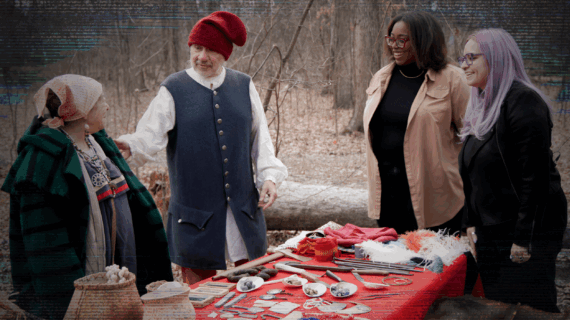
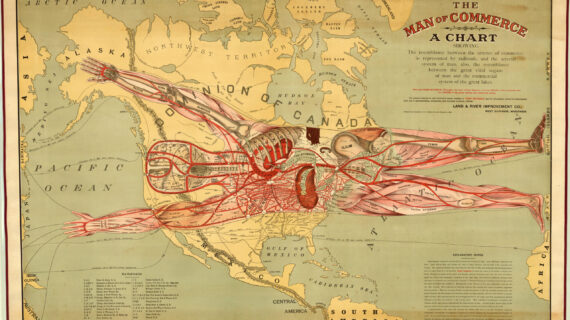

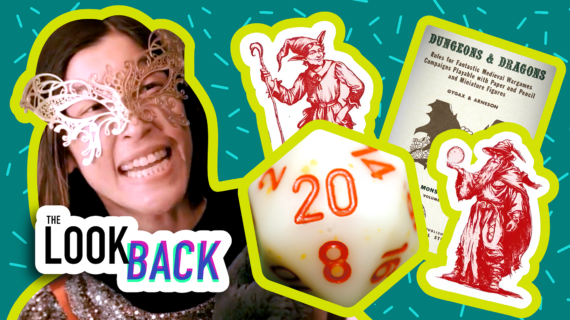

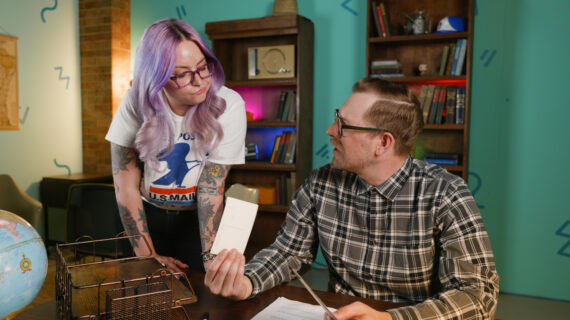
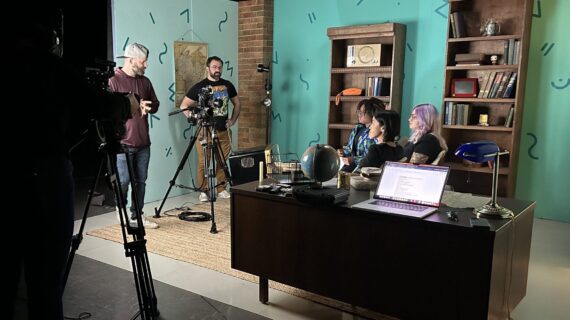
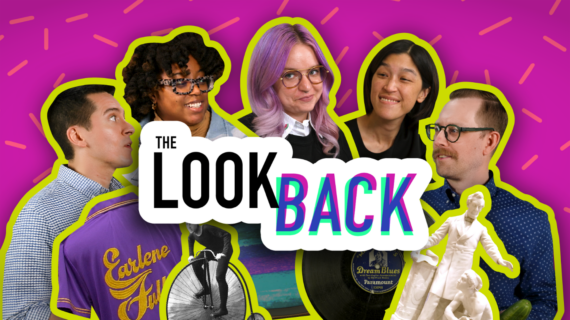

Follow Us